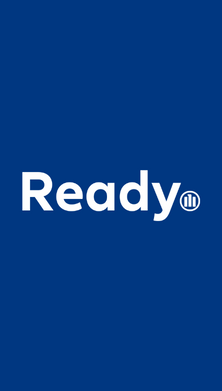Product–related risk is one of the biggest perils businesses face today. Defective products not only pose a serious safety risk to the public but can also cause significant financial and reputational damage to the companies concerned. Defective product incidents have caused insured losses in excess of $2bn over the past five years, making them the largest generator of liability losses, according to AGCS.
Product recall losses are a major contributor. Although recall frequency can fluctuate year-onyear, and by industry sector, there has been a steady rise in activity over time. A more robust focus on safety and regulation by authorities,
the rise of complex global supply chains, the knock-on effect from the current economic landscape, growing consumer awareness, and the increasing influence of social media are among those factors ensuring recall exposures are growing significantly. In addition, malicious product tampering and even extortion incidents pose an increasing threat. Meanwhile, advances in product testing could see a rise in litigation activity in future, as DNA technology makes it easier to establish the link between an incident and a company.
However, many businesses still underestimate the impact a recall event can have, with the costs often exceeding expectations, due to inadequate planning. Typically, the biggest costs are loss of sales and business interruption. However, even if a recall event doesn’t result in the billion dollar losses that hit the headlines, losses can mount. According to AGCS analysis of insurance industry product recall claims across 12 sectors, even the average costs of a recall can exceed €1.4m ($1.65m), rising to over €12m ($14.5m) and almost €8m ($9.42m) for significant claims in the two most impacted sectors – automotive and food and beverage respectively. The loss totals from individual events can far surpass these figures.

















